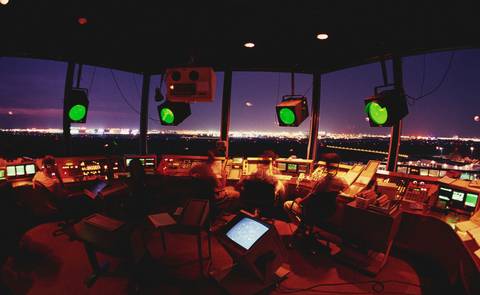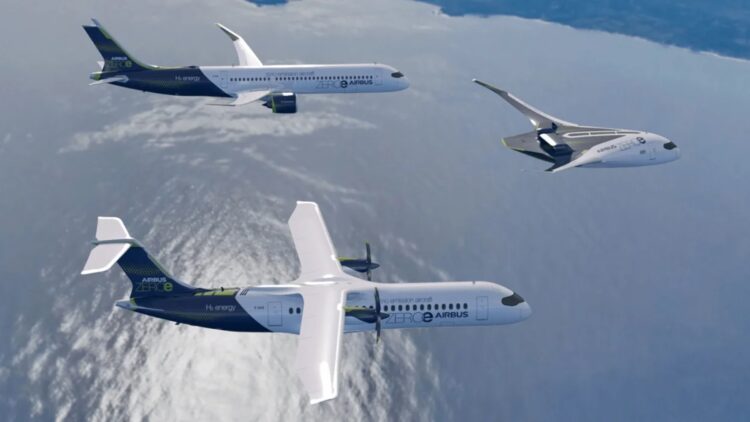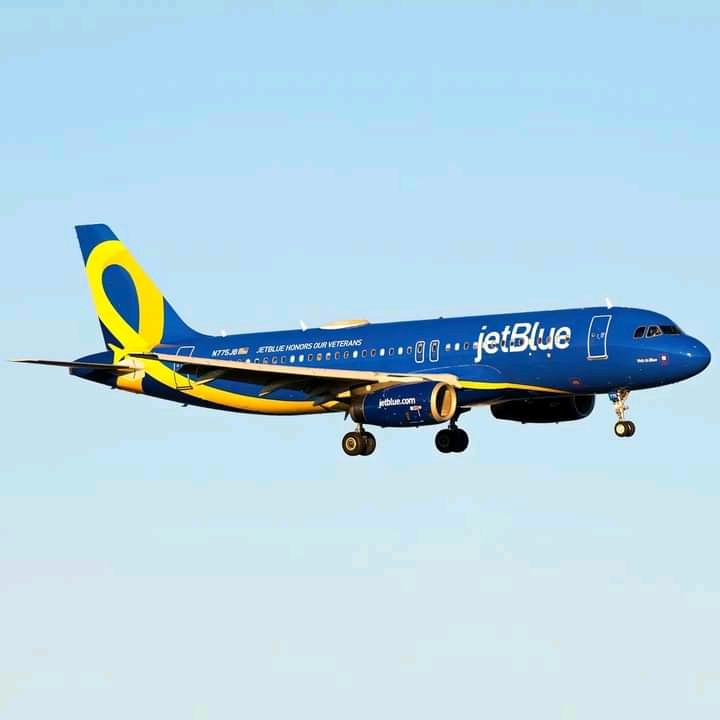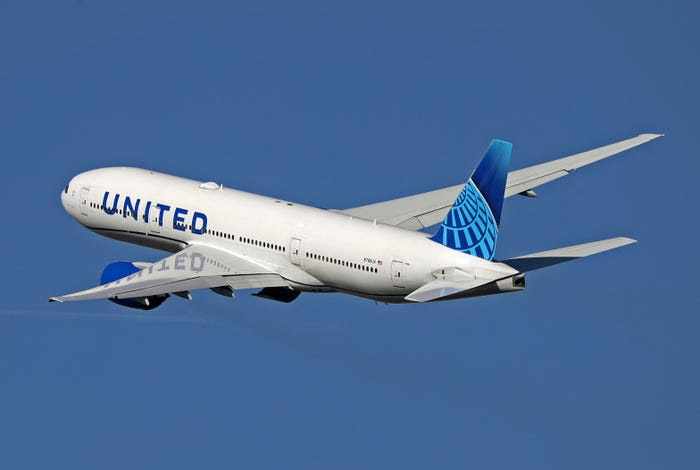Air traffic controller salary: What they make & how to become one Read more at:
According to the Federal Aviation Administration (FAA), 45,000 flights carrying over 2 million passengers take off and land in the U.S. each day — and there’s absolutely no room for error. Air traffic controllers are responsible for ensuring that the nation’s commercial and cargo air traffic operates safely, both in the air and on the ground. They are employees of the FAA and pledge an oath of service to all users of the country’s airspace system.
Read more at:
Directing air traffic is a high-stress position that demands intense concentration and excellent communication and mathematical skills, although a four-year degree is not required. This job can include night, weekend, and holiday work, but those who can handle the pressure are rewarded handsomely with salaries well into the six figures.
Using a sophisticated network of radar technology as well as split-second decision-making abilities honed from intense training and, often, years of experience, air traffic controllers are responsible for monitoring aircraft movement and providing instructions to pilots that reduce delays, prevent accidents, and handle emergencies — in all types of weather.
Eir and Ryanair top list of consumer watchdog contacts
Before takeoff, the control tower updates pilots on weather conditions, flight plans, and any safety issues before authorizing clearance to depart. Once airborne, air traffic controllers help maintain safe distances between aircraft and assist pilots as they change altitude. As an aircraft approaches an airport, controllers give it clearance to land on the runway, and once it’s safely on the ground, they instruct pilots on where to taxi their aircraft.
According to the Federal Aviation Administration (FAA), 45,000 flights carrying over 2 million passengers take off and land in the U.S. each day — and there’s absolutely no room for error. Air traffic controllers are responsible for ensuring that the nation’s commercial and cargo air traffic operates safely, both in the air and on the ground. They are employees of the FAA and pledge an oath of service to all users of the country’s airspace system.
Read more at:
Directing air traffic is a high-stress position that demands intense concentration and excellent communication and mathematical skills, although a four-year degree is not required. This job can include night, weekend, and holiday work, but those who can handle the pressure are rewarded handsomely with salaries well into the six figures.
Using a sophisticated network of radar technology as well as split-second decision-making abilities honed from intense training and, often, years of experience, air traffic controllers are responsible for monitoring aircraft movement and providing instructions to pilots that reduce delays, prevent accidents, and handle emergencies — in all types of weather.
Eir and Ryanair top list of consumer watchdog contacts
Before takeoff, the control tower updates pilots on weather conditions, flight plans, and any safety issues before authorizing clearance to depart. Once airborne, air traffic controllers help maintain safe distances between aircraft and assist pilots as they change altitude. As an aircraft approaches an airport, controllers give it clearance to land on the runway, and once it’s safely on the ground, they instruct pilots on where to taxi their aircraft.
According to the Federal Aviation Administration (FAA), 45,000 flights carrying over 2 million passengers take off and land in the U.S. each day — and there’s absolutely no room for error. Air traffic controllers are responsible for ensuring that the nation’s commercial and cargo air traffic operates safely, both in the air and on the ground. They are employees of the FAA and pledge an oath of service to all users of the country’s airspace system.
Read more at:
Directing air traffic is a high-stress position that demands intense concentration and excellent communication and mathematical skills, although a four-year degree is not required. This job can include night, weekend, and holiday work, but those who can handle the pressure are rewarded handsomely with salaries well into the six figures.
Using a sophisticated network of radar technology as well as split-second decision-making abilities honed from intense training and, often, years of experience, air traffic controllers are responsible for monitoring aircraft movement and providing instructions to pilots that reduce delays, prevent accidents, and handle emergencies — in all types of weather.
Eir and Ryanair top list of consumer watchdog contacts
Before takeoff, the control tower updates pilots on weather conditions, flight plans, and any safety issues before authorizing clearance to depart. Once airborne, air traffic controllers help maintain safe distances between aircraft and assist pilots as they change altitude. As an aircraft approaches an airport, controllers give it clearance to land on the runway, and once it’s safely on the ground, they instruct pilots on where to taxi their aircraft.
According to the Federal Aviation Administration (FAA), 45,000 flights carrying over 2 million passengers take off and land in the U.S. each day — and there’s absolutely no room for error. Air traffic controllers are responsible for ensuring that the nation’s commercial and cargo air traffic operates safely, both in the air and on the ground. They are employees of the FAA and pledge an oath of service to all users of the country’s airspace system.
Read more at:
Directing air traffic is a high-stress position that demands intense concentration and excellent communication and mathematical skills, although a four-year degree is not required. This job can include night, weekend, and holiday work, but those who can handle the pressure are rewarded handsomely with salaries well into the six figures.
Using a sophisticated network of radar technology as well as split-second decision-making abilities honed from intense training and, often, years of experience, air traffic controllers are responsible for monitoring aircraft movement and providing instructions to pilots that reduce delays, prevent accidents, and handle emergencies — in all types of weather.
Eir and Ryanair top list of consumer watchdog contacts
Before takeoff, the control tower updates pilots on weather conditions, flight plans, and any safety issues before authorizing clearance to depart. Once airborne, air traffic controllers help maintain safe distances between aircraft and assist pilots as they change altitude. As an aircraft approaches an airport, controllers give it clearance to land on the runway, and once it’s safely on the ground, they instruct pilots on where to taxi their aircraft.
According to the Federal Aviation Administration (FAA), 45,000 flights carrying over 2 million passengers take off and land in the U.S. each day — and there’s absolutely no room for error. Air traffic controllers are responsible for ensuring that the nation’s commercial and cargo air traffic operates safely, both in the air and on the ground. They are employees of the FAA and pledge an oath of service to all users of the country’s airspace system.
Read more at:
Directing air traffic is a high-stress position that demands intense concentration and excellent communication and mathematical skills, although a four-year degree is not required. This job can include night, weekend, and holiday work, but those who can handle the pressure are rewarded handsomely with salaries well into the six figures.
Using a sophisticated network of radar technology as well as split-second decision-making abilities honed from intense training and, often, years of experience, air traffic controllers are responsible for monitoring aircraft movement and providing instructions to pilots that reduce delays, prevent accidents, and handle emergencies — in all types of weather.
Eir and Ryanair top list of consumer watchdog contacts
Before takeoff, the control tower updates pilots on weather conditions, flight plans, and any safety issues before authorizing clearance to depart. Once airborne, air traffic controllers help maintain safe distances between aircraft and assist pilots as they change altitude. As an aircraft approaches an airport, controllers give it clearance to land on the runway, and once it’s safely on the ground, they instruct pilots on where to taxi their aircraft.
According to the Federal Aviation Administration (FAA), 45,000 flights carrying over 2 million passengers take off and land in the U.S. each day — and there’s absolutely no room for error. Air traffic controllers are responsible for ensuring that the nation’s commercial and cargo air traffic operates safely, both in the air and on the ground. They are employees of the FAA and pledge an oath of service to all users of the country’s airspace system.
Read more at:
Directing air traffic is a high-stress position that demands intense concentration and excellent communication and mathematical skills, although a four-year degree is not required. This job can include night, weekend, and holiday work, but those who can handle the pressure are rewarded handsomely with salaries well into the six figures.
Using a sophisticated network of radar technology as well as split-second decision-making abilities honed from intense training and, often, years of experience, air traffic controllers are responsible for monitoring aircraft movement and providing instructions to pilots that reduce delays, prevent accidents, and handle emergencies — in all types of weather.
Eir and Ryanair top list of consumer watchdog contacts
Before takeoff, the control tower updates pilots on weather conditions, flight plans, and any safety issues before authorizing clearance to depart. Once airborne, air traffic controllers help maintain safe distances between aircraft and assist pilots as they change altitude. As an aircraft approaches an airport, controllers give it clearance to land on the runway, and once it’s safely on the ground, they instruct pilots on where to taxi their aircraft.
According to the Federal Aviation Administration (FAA), 45,000 flights carrying over 2 million passengers take off and land in the U.S. each day — and there’s absolutely no room for error. Air traffic controllers are responsible for ensuring that the nation’s commercial and cargo air traffic operates safely, both in the air and on the ground. They are employees of the FAA and pledge an oath of service to all users of the country’s airspace system.
Read more at:
Directing air traffic is a high-stress position that demands intense concentration and excellent communication and mathematical skills, although a four-year degree is not required. This job can include night, weekend, and holiday work, but those who can handle the pressure are rewarded handsomely with salaries well into the six figures.
Using a sophisticated network of radar technology as well as split-second decision-making abilities honed from intense training and, often, years of experience, air traffic controllers are responsible for monitoring aircraft movement and providing instructions to pilots that reduce delays, prevent accidents, and handle emergencies — in all types of weather.
Eir and Ryanair top list of consumer watchdog contacts
Before takeoff, the control tower updates pilots on weather conditions, flight plans, and any safety issues before authorizing clearance to depart. Once airborne, air traffic controllers help maintain safe distances between aircraft and assist pilots as they change altitude. As an aircraft approaches an airport, controllers give it clearance to land on the runway, and once it’s safely on the ground, they instruct pilots on where to taxi their aircraft.
According to the Federal Aviation Administration (FAA), 45,000 flights carrying over 2 million passengers take off and land in the U.S. each day — and there’s absolutely no room for error. Air traffic controllers are responsible for ensuring that the nation’s commercial and cargo air traffic operates safely, both in the air and on the ground. They are employees of the FAA and pledge an oath of service to all users of the country’s airspace system.
Read more at:
Directing air traffic is a high-stress position that demands intense concentration and excellent communication and mathematical skills, although a four-year degree is not required. This job can include night, weekend, and holiday work, but those who can handle the pressure are rewarded handsomely with salaries well into the six figures.
Using a sophisticated network of radar technology as well as split-second decision-making abilities honed from intense training and, often, years of experience, air traffic controllers are responsible for monitoring aircraft movement and providing instructions to pilots that reduce delays, prevent accidents, and handle emergencies — in all types of weather.
Eir and Ryanair top list of consumer watchdog contacts
Before takeoff, the control tower updates pilots on weather conditions, flight plans, and any safety issues before authorizing clearance to depart. Once airborne, air traffic controllers help maintain safe distances between aircraft and assist pilots as they change altitude. As an aircraft approaches an airport, controllers give it clearance to land on the runway, and once it’s safely on the ground, they instruct pilots on where to taxi their aircraft.
According to the Federal Aviation Administration (FAA), 45,000 flights carrying over 2 million passengers take off and land in the U.S. each day — and there’s absolutely no room for error. Air traffic controllers are responsible for ensuring that the nation’s commercial and cargo air traffic operates safely, both in the air and on the ground. They are employees of the FAA and pledge an oath of service to all users of the country’s airspace system.
Read more at:
Directing air traffic is a high-stress position that demands intense concentration and excellent communication and mathematical skills, although a four-year degree is not required. This job can include night, weekend, and holiday work, but those who can handle the pressure are rewarded handsomely with salaries well into the six figures.
Using a sophisticated network of radar technology as well as split-second decision-making abilities honed from intense training and, often, years of experience, air traffic controllers are responsible for monitoring aircraft movement and providing instructions to pilots that reduce delays, prevent accidents, and handle emergencies — in all types of weather.
Eir and Ryanair top list of consumer watchdog contacts
Before takeoff, the control tower updates pilots on weather conditions, flight plans, and any safety issues before authorizing clearance to depart. Once airborne, air traffic controllers help maintain safe distances between aircraft and assist pilots as they change altitude. As an aircraft approaches an airport, controllers give it clearance to land on the runway, and once it’s safely on the ground, they instruct pilots on where to taxi their aircraft.






